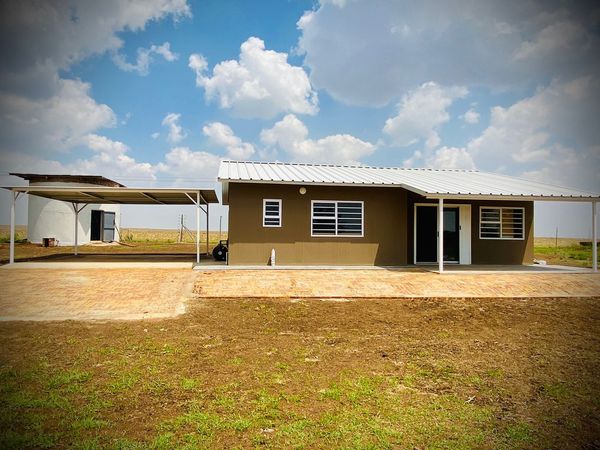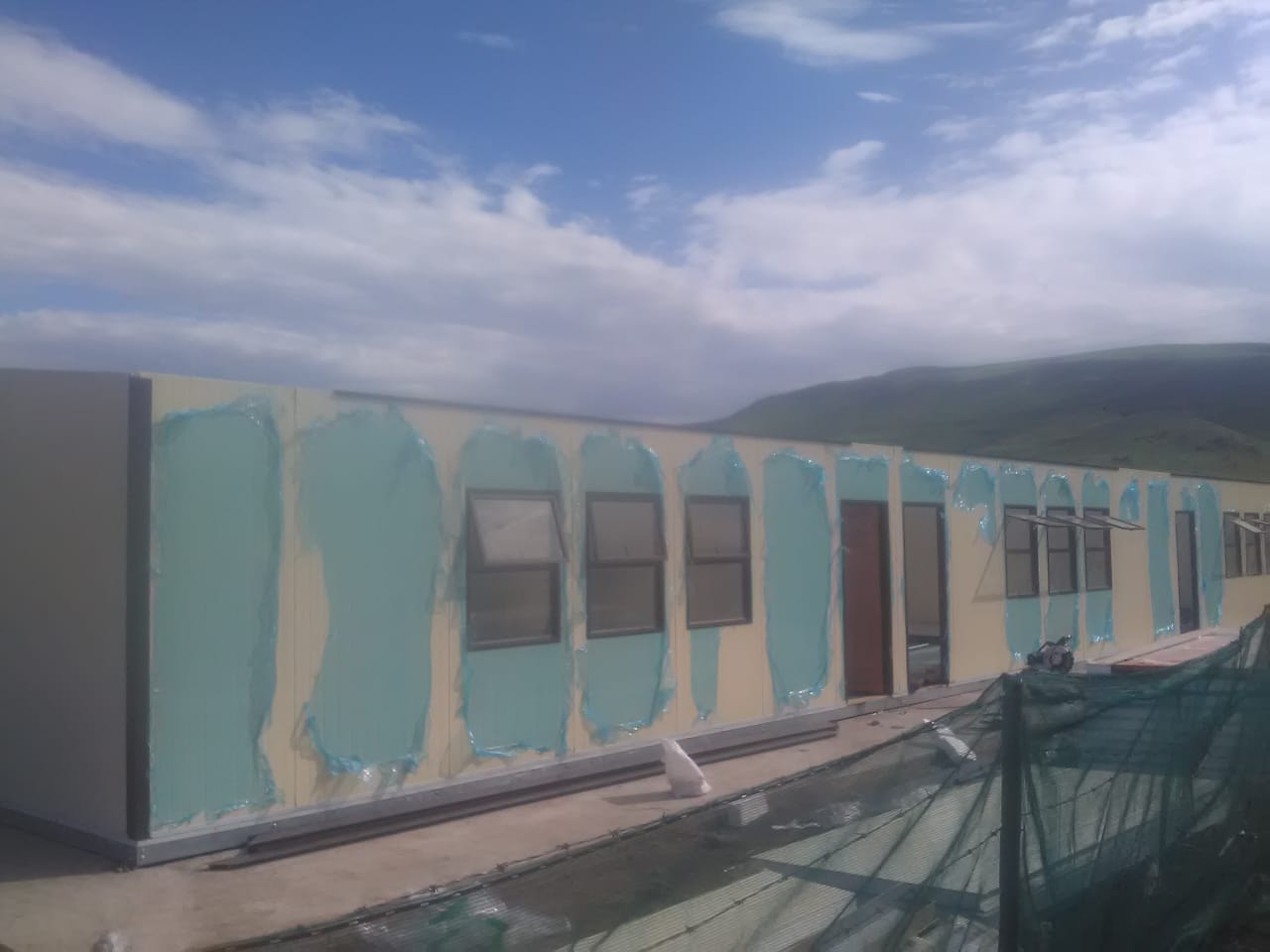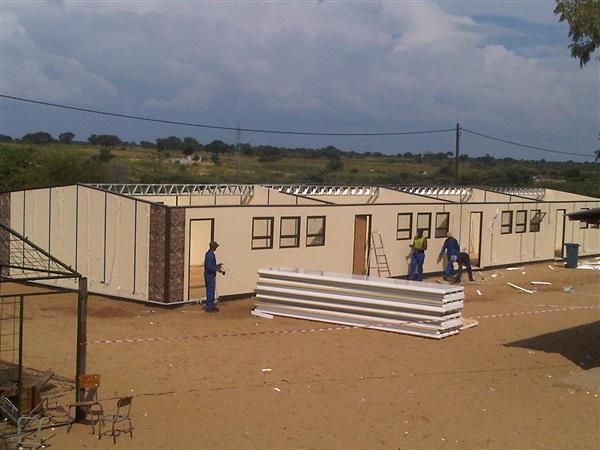In the ever-evolving landscape of construction, prefabricated buildings, often referred to as prefab buildings, are rapidly gaining popularity and transforming the way we approach construction projects. Such buildings are structures manufactured off-site in controlled factory environments, then transported and assembled on-site. This blog explores the growing significance of such buildings in modern construction, highlighting their advantages, applications, and the impact they have on shaping the future of the industry.

Efficiency in Construction: Prefabs offer a streamlined construction process compared to traditional methods. With components manufactured in factory settings, construction can proceed simultaneously on-site and off-site, reducing project timelines significantly. This efficiency translates to cost savings, minimizing material waste, and faster project completion, making prefab buildings an attractive option for developers and builders.
Precision Engineering: Prefab buildings are engineered with meticulous precision in controlled environments, ensuring high-quality construction and consistency across all components. Advanced manufacturing technologies enable precise measurements and superior craftsmanship, resulting in durable and structurally sound buildings. This precision contributes to the overall reliability and longevity of prefab structures.
Sustainability and Green Building Practices: Such buildings align with sustainable construction practices by minimizing environmental impact throughout the construction process. Off-site manufacturing reduces transportation-related emissions and energy consumption, while optimized material usage minimizes waste. Additionally, such buildings can incorporate eco-friendly features such as energy-efficient insulation, solar panels, and green roofs, further enhancing their sustainability credentials.
Versatility and Customization: Contrary to common misconceptions, such buildings offer a wide range of design options and customization possibilities. From residential homes and commercial offices to educational facilities and healthcare centres, such buildings can be tailored to meet diverse architectural styles, functional requirements, and aesthetic preferences. Modular construction techniques allow for flexibility in design, enabling architects and designers to create unique and innovative spaces.

Cost-Effectiveness: Prefabs are often more cost effective than traditional construction methods due to their efficient production processes and reduced construction timelines. By minimizing labour costs, material waste, and on-site delays, such buildings offer predictable project budgets and faster returns on investment for developers and property owners. Additionally, the controlled manufacturing environment allows for better cost control and quality assurance throughout the construction process.
Adaptability and Scalability: Such buildings are inherently adaptable and scalable, making them suitable for various project scales and requirements. Whether it's a single-family home, multi-story apartment complex, or modular office space, prefab construction methods can be applied to projects of different sizes and complexities. Moreover, such buildings can be easily expanded, relocated, or repurposed, providing long-term flexibility and value for building owners.
Innovation and Technology Integration: Prefab construction is at the forefront of innovation, with advancements in technology driving continuous improvements in design, manufacturing, and construction techniques.

As the construction industry continues to evolve, prefab buildings from AFRIPANEL emerge as a leading solution for meeting the demands of efficiency, sustainability, and innovation. With their streamlined construction processes, precision engineering, sustainability benefits, and versatility in design, prefab buildings are poised to shape the future of construction and redefine the way we build tomorrow's structures. Call them at +27 (0) 11 979 1885 to design your prefabs.
0 Comments